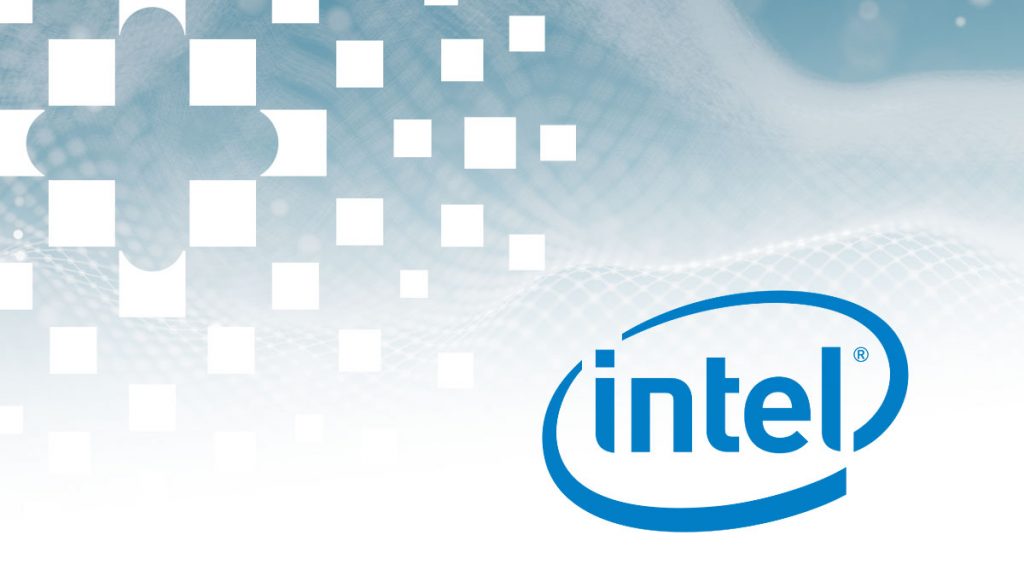This blog post was originally published at Intel’s website. It is reprinted here with the permission of Intel.
Medical imaging data contains the power to save lives. Every tiny sliver of an image potentially holds the key to hugely important breakthroughs in treatment. And this year alone, hospitals produced over 50 petabytes of data, with images making up over 90% of that!¹ That’s a treasure trove of information.
But without a simple, efficient way to process and analyze it, this digital wave can turn into an avalanche and bury clinicians beneath caseloads of complex images. Consider this: Of those 50 petabytes of data, less than 3% are actually analyzed and put to use.¹ Turns out it’s hard to wring useful insights out of data when the sheer volume is stretching clinicians and their IT infrastructures to the limit.

GE Healthcare*, with the help of Intel® processors and the Intel® Distribution of OpenVINO™ toolkit, is working to ease that burden, adding AI to X-ray examination to accelerate detection of pneumothorax. When you’re dealing with life-threatening, difficult-to-detect conditions, every second matters.
As a first step, our partners at GE* conducted extensive research and interviews with radiologists, and it quickly became clear that inefficient workflows and X-ray analysis were significant pain points in their daily routine. They needed a simpler, more streamlined process for detecting and relaying critical findings, and GE* responded with a game-changing solution: the Critical Care Suite.
“It’s a first-of-its-kind AI algorithm that’s embedded on the imaging device, says Todd Minnigh, CMO of X-Ray at GE Healthcare*. For image analysis and for medicine in general, that’s a huge step forward!
Now, instead of capturing the images and then sending them to the cloud or downstream to a server for processing, all of that is done at the point of care, all on the same Intel-based system. The original images are routed to the picture archiving and communication system (PACS), and at the same time, potentially critical AI findings are sent to the radiologist. This way, providers are able to identify and flag anomalies in the data more quickly, and they have the visibility they need to prioritize more serious cases.
Just think of how this could transform hospital workflows. The current first-in-first-out system can often result in long turnaround times, even in emergencies, because clinicians simply can’t process and classify the data quickly enough. But with near-real-time insights on the severity of cases, hospitals can create an intelligent queue, pairing the right patient’s X-ray with the right clinician at the right time.
Examining X-rays for pneumothorax is a particularly challenging use case. So when GE* set out to test the effectiveness of the Critical Care Suite for pneumothorax detection, they turned to Intel for its AI expertise. (Also known as a collapsed lung, pneumothorax occurs when air or gas enters the cavity between the lungs and the chest wall.) The Intel® Distribution of OpenVINO™ toolkit optimized the Critical Care Suite algorithms, adding computer vision and deep learning inference tools, including convolutional image-based classification models optimized for the Intel®-based processors used in GE* systems. When a lung collapses, time is of the essence, and the move to OpenVINO™ improved performance significantly.
With the addition of OpenVINO™ optimizations, the pneumothorax model lowered inferencing time from over three seconds to less than one, and inferencing on the Optima XR240amx X-ray system accelerated by 3.3x.² In a live hospital setting, this boost in performance will further expedite delivery of AI-enhanced images marked with metadata for radiologists. And with this critical information in hand, they can make faster, more informed diagnoses.
These tests are proving that AI-driven innovation is more than a valuable addition to a hospital’s suite of technologies – it’s a viable option. The imaging solution was implemented completely via software upgrades, without the need for supplementary infrastructure or specialized accelerators. With OpenVINO™, technologists can help minimize costs and shorten installation time, while also reducing security vulnerabilities.³
“Key to anyone’s success is you want to pick partners who are on the journey to help you be successful,” said Katelyn Nye, GM, Global Mobile Radiography & Artificial Intelligence, GE Healthcare*.
On the shared mission to advance medical imaging, empower radiologists, and improve patient outcomes, GE Healthcare* and Intel are helping make sure that every efficiency, every relevant data point, and every second are put to good use.
_____
Disclaimers
- “Beyond Imaging: The Paradox of AI and Medical Imaging Innovation,” The Pulse, September 24, 2018: newsroom.gehealthcare.com/beyond-imaging-ai-imaging-innovation
- System test configuration disclosure: Intel® Core™ i5-4590S CPU @ 3.00GHZ, x86_64, VT-x enabled, 16GB memory, OS: Linux magic x86_64 GNU/Linux, Ubuntu 16.04 inferencing service docker container. Testing done by GE Healthcare, September 2018. Test compares TensorFlow model total inferencing time of 3.092 seconds to the same model optimized by Intel® Distribution of OpenVINO™ Toolkit optimized TF model resulting in a total inferencing time of 0.913 seconds.
- Intel® technologies’ features and benefits depend on system configuration and may require enabled hardware, software, or service activation. Performance varies depending on system configuration. No product or component can be absolutely secure. Check with your system manufacturer or retailer or learn more at intel.com.
David P. Ryan
General Manager, Global Health & Life Sciences Business Unit, Intel


